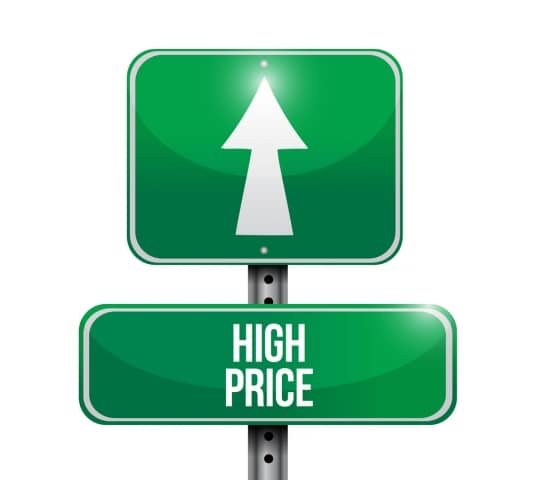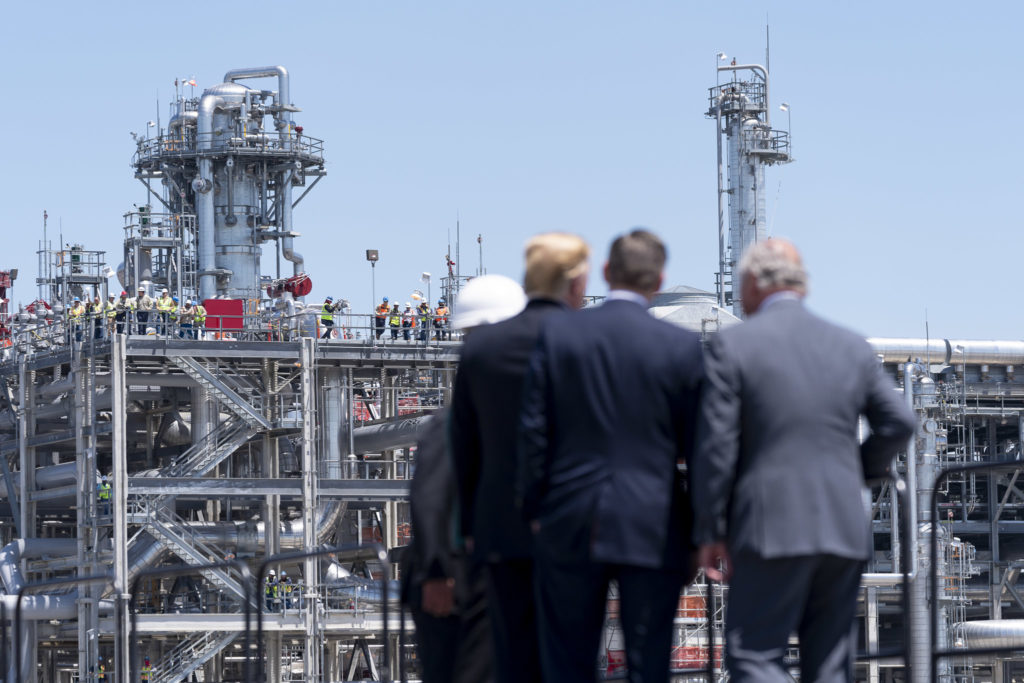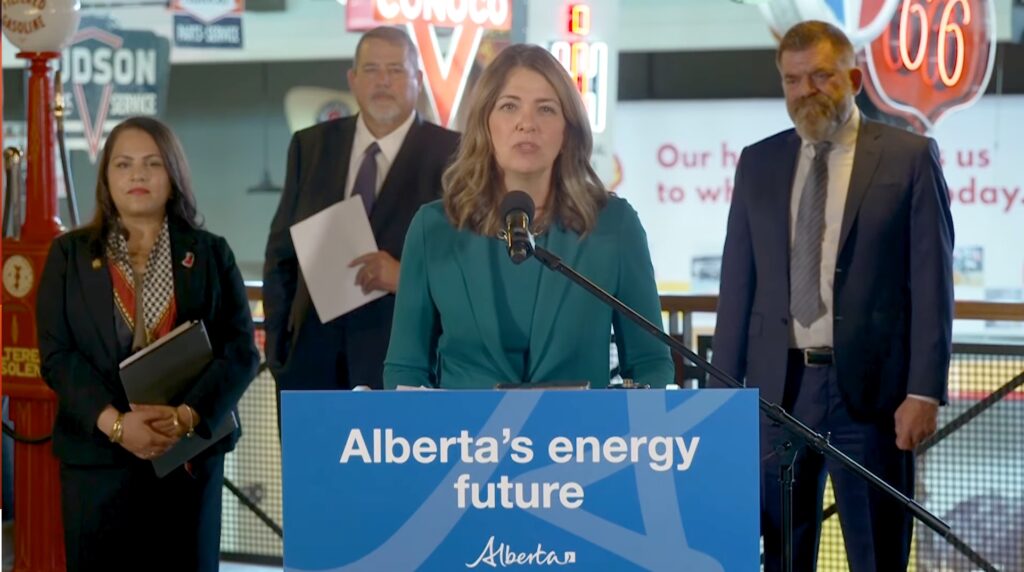Last year, natural gas prices hit record lows and shale gas promoters confidently predicted a bright future of stable low prices, making the fuel the best choice for home heating and electrical generation alike.
But last year was also marked by an unusually mild winter amid a still-sluggish economy. This year, cold winter weather returned across much of the U.S. – and consumers and utilities have begun to confront a strikingly different reality. Natural gas prices immediately spiked as high as $8.15/mmBTU Henry Hub this month – the most expensive prices seen since the 2008 economic collapse – as demand for power and heat surged.
And that $8.15 represents the daily price at a Louisiana pipeline hub often referenced by traders and federal energy analysts; regional prices have spiked far more dramatically. In the frigid Northeast, local prices have skyrocketed this year, with some operators paying up to $120 per mmBTU. “I’ve never seen anything like this,” one New Jersey power company executive told Bloomberg Businessweek in January. The spike’s effects have even reached as far south as East Texas, where spot prices topped $40/mmBTU, nearly reaching the highs seen in 2004 when the current onshore drilling rush began in the Barnett shale.
Keep in mind that the same amount of natural gas cost only $1.92 in April 2012.
That’s a little like suddenly finding out that a McDonalds burger that used to be 2 bucks will now cost you as much as full dinner at a five star restaurant.
These massive fluctuations in natural gas prices over the past year drive home a vital point: natural gas has always been prone to sudden booms and busts. The idea that shale gas – less than ten percent of the nation’s natural gas production and some of the most expensive to produce – could fundamentally transform the natural gas market, keeping prices consistently low, now seems more like a pipe dream than ever before.
Already, utilities and their customers are paying the price.
In New England, natural gas shortages were so bad that power generators were told to fire up not just their mothballed coal-fired plants, but also plants that run on oil and even jet fuel. Meanwhile, the Nebraska Public Power District shut down its gas-fired plants because the costs were 300 percent higher than power from other sources. And in Wisconsin, spiking propane prices led Gov. Scott Walker to declare a state of emergency, authorizing a call-up of the National Guard to help his state’s residents cope with a shortage of the fuel, which also comes from natural gas wells.
Because residential customers in some states are allowed first dibs on natural gas supplies during shortages, price spikes have hit some private companies that also rely on natural gas particularly hard. Some New England paper companies, for example, had to shut down their paper mills for days this December because natural gas prices were too high, leaving their workers without pay before the holidays.
At home, natural gas customers are also feeling the pinch. In New York City, for example, power bills in January were 20 percent higher than usual, The New York Post reported. Some residents in Chicago told reporters their January natural gas bills were nearly triple what they paid in November.
Just a few years ago, shale gas supporters projected that the drilling rush would keep natural gas prices low and stable for decades. “From shale gas discoveries onshore to new gas fields offshore, our nation has significant supplies of clean energy that will power our economy affordably for generations to come—an anticipated 100 years,” Dave McCurdy, president and CEO of the American Gas Association said in 2011. “As crude oil prices continue to rise, stability with regard to natural gas pricing is welcome news to homeowners, small business owners and larger commercial manufacturers across the country.”
But those promises failed to pan out. “It’s back to the wild, wild west days in natural gas,” Stephen Schork, editor of The Schork Report, an energy newsletter, told The Wall Street Journal on Feb. 4. “From 2001 to 2008, this is the way natural gas used to trade.”
Part of the problem is that cold weather can interfere with drilling and fracking. Some shale drillers in northeastern states like Pennsylvania discovered their wells were too frozen-over to produce shale gas, right as consumers needed it most.
Many analysts also cite the lack of existing pipeline capacity to carry natural gas from shale plays nationwide as the culprit behind the price spikes. But building pipelines that could carry shale gas to market will cost $100 billion and take at least a decade, which means that consumers will be vulnerable to wildly swinging prices for a long time to come. Replacing the nation’s existing network of aging and leaky natural gas pipelines will add tens of billions more to the tab.
All of that spending would mean that, instead of natural gas serving as a “bridge fuel” to help American transition away from carbon-heavy fossil fuels, massive amounts of natural gas would need to be consumed for decades to justify the investment.
Meanwhile, investments in wind energy are already paying off during this tough winter. Wind energy saved utilities in 13 Mid-Atlantic and Midwestern states a total of $1.5 to $2 million an hour during peak demand times last month, according to the American Wind Energy Association.
“Most importantly, wind energy provided massive quantities of extremely valuable electricity when grid operators needed it most to meet demand from electric heaters and furnace fans,” wrote Michael Goggin, senior electric industry analyst at AWEA. “In several cases, wind energy’s output provided the critical difference that allowed grid operators to keep supply and demand in balance and the lights on.”
Subscribe to our newsletter
Stay up to date with DeSmog news and alerts







